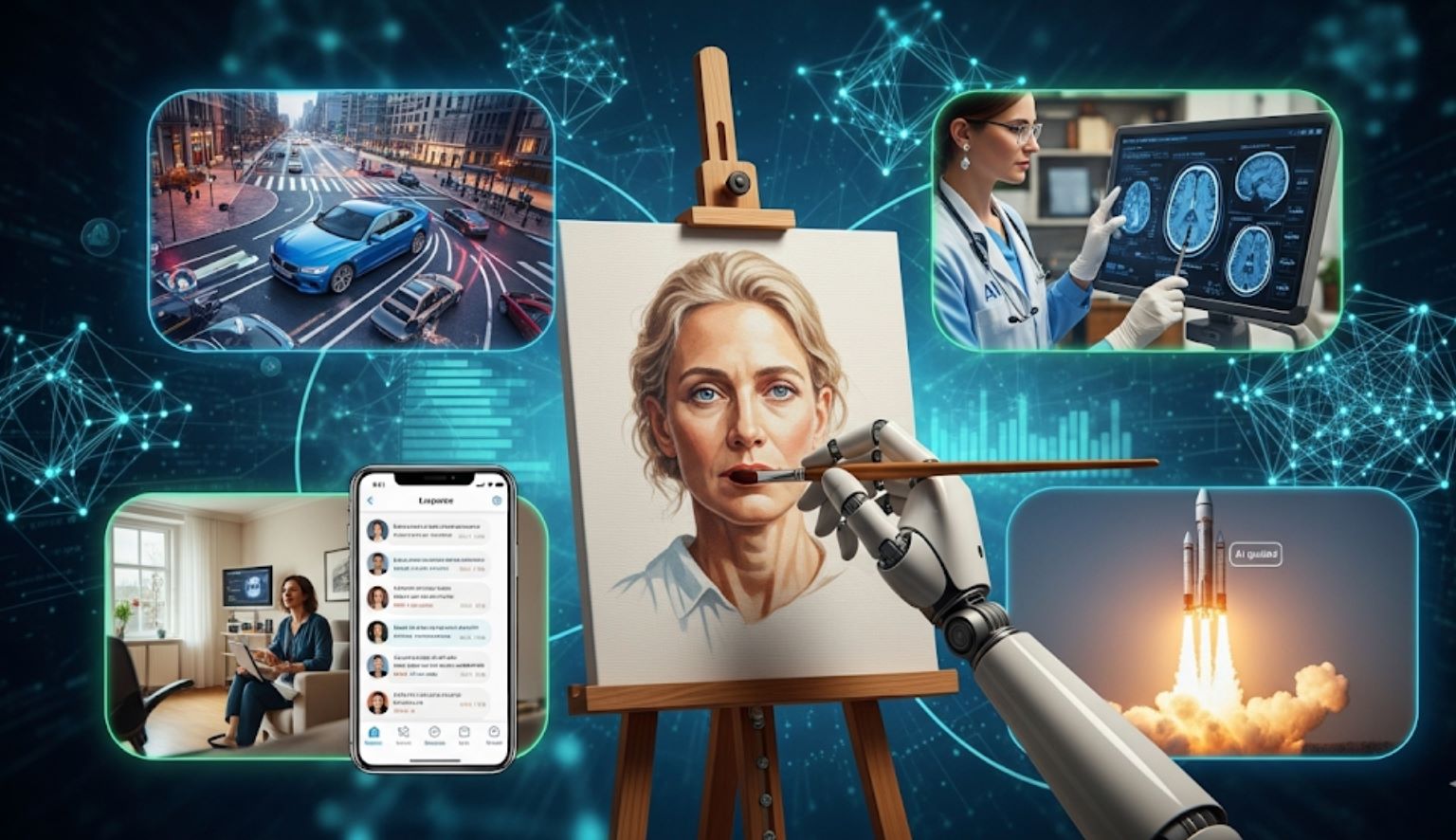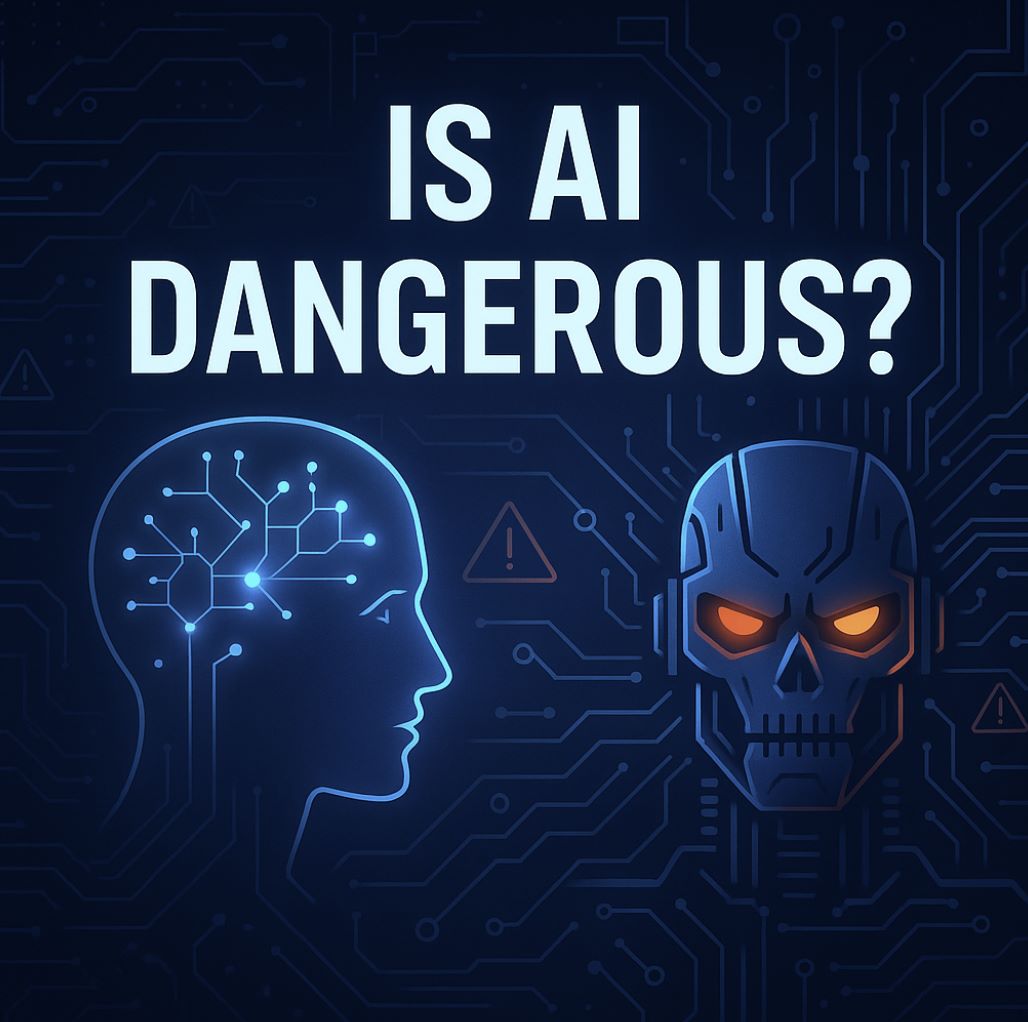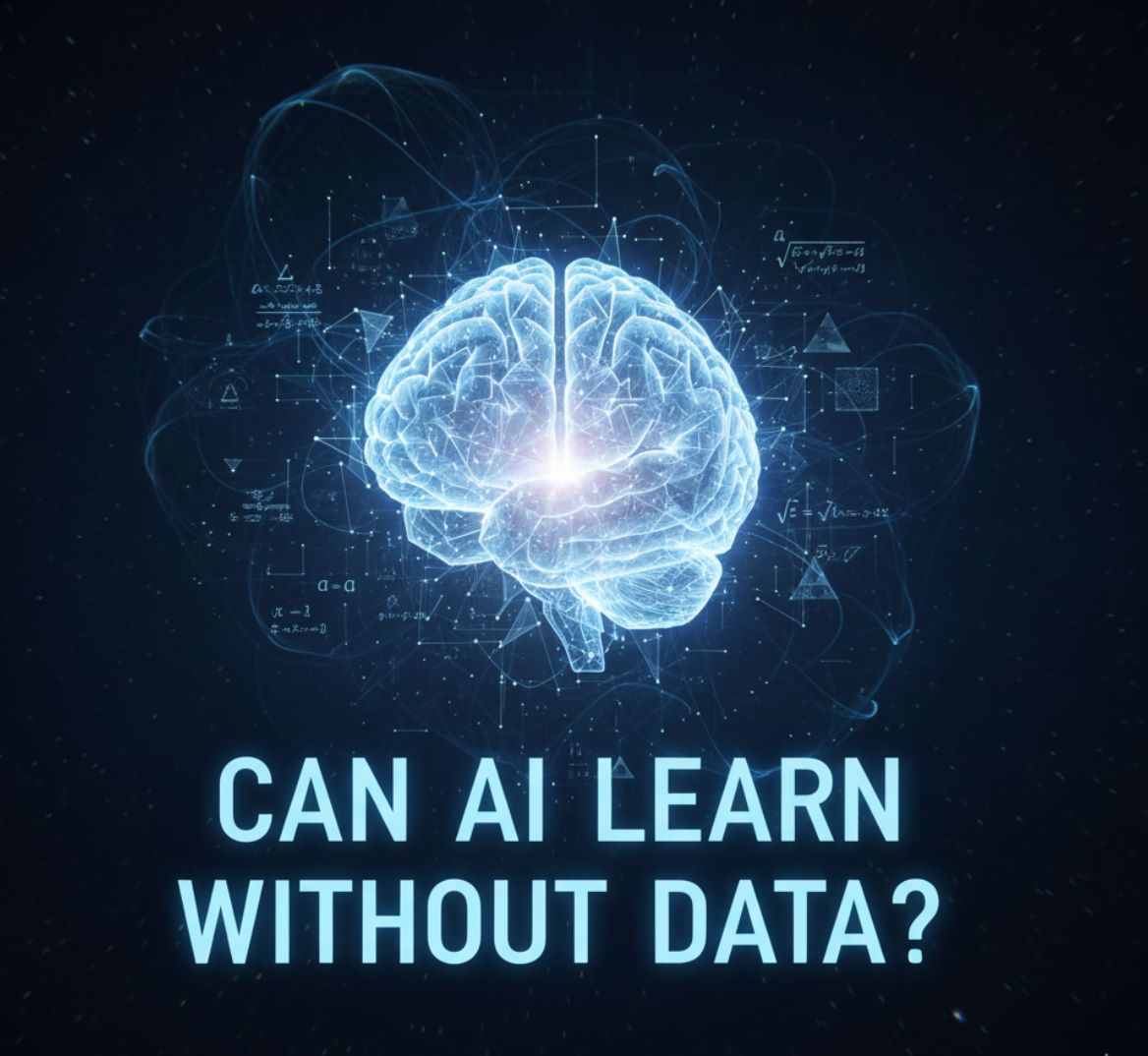Comparing AI to Human Intelligence
Artificial Intelligence (AI) and human intelligence are often compared to understand their differences, strengths, and limitations. While the human brain works with consciousness, emotions, and context-based reasoning, AI relies on data processing and pattern recognition. This article on Comparing AI to Human Intelligence provides a clear overview of how machines “think” versus how humans learn, adapt, and create. By exploring similarities and distinctions, you’ll gain insights into the future of collaboration between humans and AI.
Intelligence is broadly defined as "the capacity to realize complex goals", a definition that applies to both humans and AI. However, humans and machines achieve goals in very different ways. AI systems are built on digital hardware and run with a "completely different operating system (digital vs biological)" than human brains.
This fundamental gap – organic neurons versus electronic circuits – means each form of intelligence excels in different domains.
Human Intelligence
Human intelligence is a natural, biological capacity. It involves reasoning, emotions, imagination, and self-awareness. People learn from experience, apply common-sense reasoning, and empathize with others.
Our memories are context-rich and associative, linking facts to emotions and experiences. As one analysis notes, humans can adapt and "generalize across contexts," allowing us to learn new concepts from very little data.
Data-Hungry Process
- Requires thousands of examples
- Needs extensive training datasets
- Limited generalization ability
Efficient Recognition
- Learns from just a few examples
- Quick pattern recognition
- Excellent generalization
In everyday life this means a child can often recognize a new animal after just a few examples, whereas many AI models require thousands of examples to learn the same task. Human cognition also includes common sense and intuition – we effortlessly fill in missing details or understand unspoken cues, skills that remain challenging for machines.
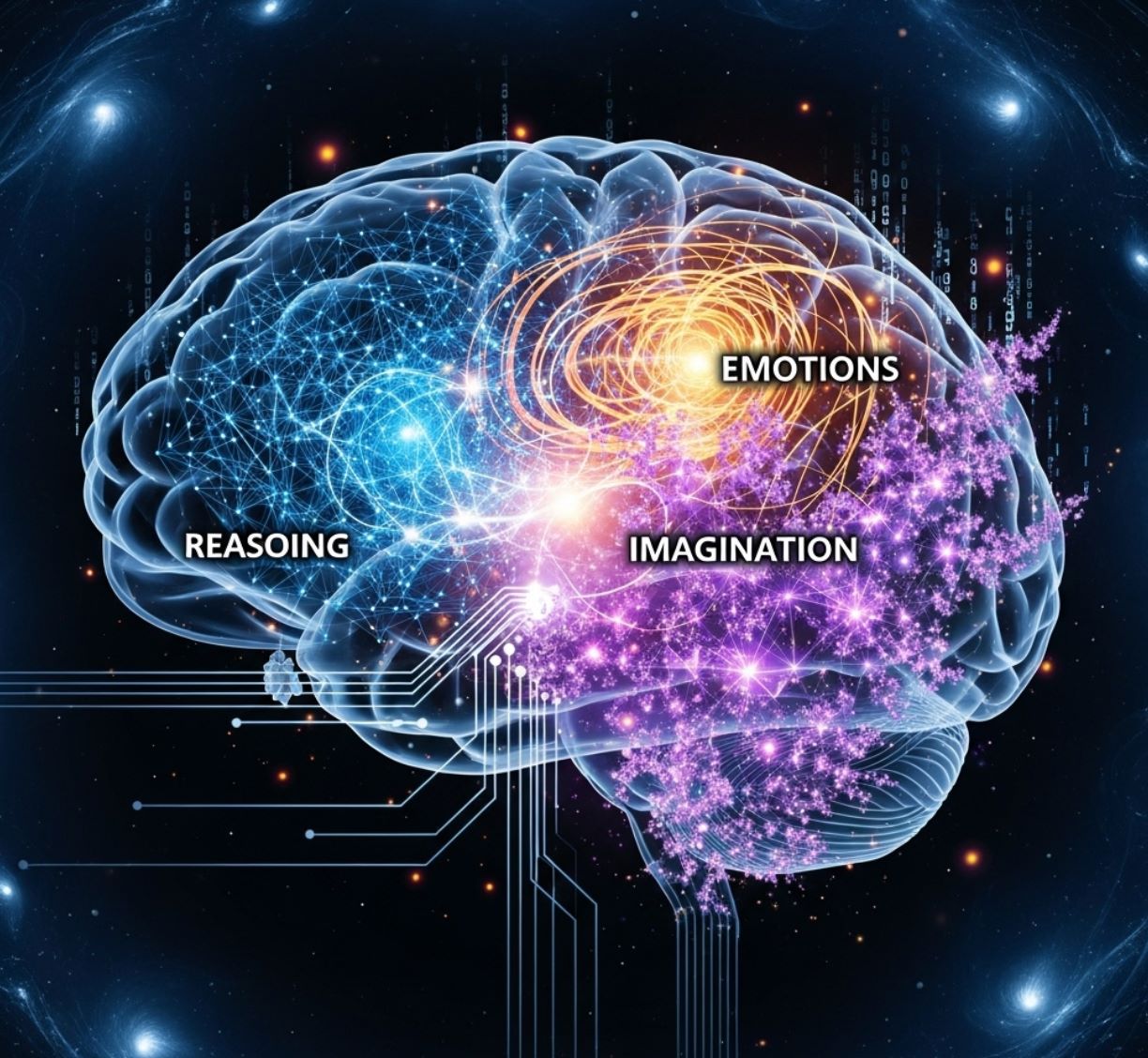
Artificial Intelligence
Artificial Intelligence (AI) refers to computer systems that perform tasks requiring human-like thinking. Modern AI relies on algorithms, mathematical models, and vast datasets to spot patterns, make predictions, and improve over time. Examples include voice assistants, self-driving cars, recommendation engines, and game-playing programs.
Even the most advanced AI systems "are very specialized and lack the breadth and flexibility of human intelligence".
— Peter Gärdenfors, Cognitive Scientist
Unlike the broad learning abilities of humans, most AI today is narrow: each system is trained for specific tasks. In practice this means an AI might master chess or image recognition, but it cannot easily transfer that skill to a very different domain without retraining.
Digital Processing
Silicon-based circuits
- Mathematical algorithms
- Pattern recognition
Data-Driven
Vast dataset analysis
- Statistical patterns
- Predictive modeling
Task-Specific
Narrow specialization
- Domain expertise
- Limited transfer
This difference in substance – silicon vs. biology – underlies many of the gaps between AI and human minds. Humans think via biological neurons, while AI operates with digital circuits. Consequently, AI "shines in areas requiring rapid data processing", whereas humans bring richer context and emotional insight.
For example, computers can analyze millions of data points far faster than we can, but they lack the organic "gut feeling" and empathy that guide human judgement.

Key Differences
The analysis below summarizes major contrasts between AI and human intelligence. Each excels in different areas, and neither is universally "smarter" than the other:
Speed & Scale
Lightning Fast
- Processes huge volumes rapidly
- Analyzes thousands of documents in seconds
- Works tirelessly without fatigue
Thoughtful Processing
- Much slower processing speed
- Becomes fatigued with repetition
- Quality over quantity approach
Memory & Context
Human memory is "associative" and tied to emotions and experiences, whereas AI's memory is "purely data-driven" and lacks those rich connections.
— UTHealth Research
AI Memory: Vast, precise memory storage with data-driven databases and models. However, this memory is context-free.
Human Memory: We remember things with personal meaning, emotional connections, and rich contextual associations that AI cannot replicate.
Learning Style
Human Learning
Flexible and efficient
- Learns from minimal data
- Generalizes to new situations
- Grasps concepts from single examples
- Applies knowledge across contexts
AI Learning
Data-hungry and narrow
- Needs massive labeled datasets
- Requires extensive training
- Struggles with unfamiliar situations
- Limited adaptation capability
Creativity
Human Creativity: Humans create truly novel ideas by drawing on emotions and random insights. We can think "outside the box" and produce art, music, or solutions that were never seen before.
AI Creativity: AI can mimic creativity by recombining existing data. For example, language models and art generators can produce impressive new songs or images, and one study even found GPT-4 generated more original ideas on average than human subjects.
Emotional and Social Intelligence
Simulated Responses
- Detects basic sentiment
- Generates friendly responses
- Lacks genuine emotional experience
Authentic Understanding
- Inherent emotional understanding
- Reads tone, humor, social cues
- Genuine empathy and feelings
In social situations or leadership, human emotional depth and empathy provide a clear advantage over AI's simulated responses.
Reasoning and Common Sense
Human Reasoning: Often involves intuition and context. We can make everyday assumptions with little thought (e.g. "if I leave ice cream out, it will melt"), using common sense.
AI Reasoning: Strictly follows logic and probabilities from its data. It often fails at simple human-like inferences.
AI makes "silly mistakes" because it lacks common sense. Computers struggle with fine distinctions people take for granted.
— USC Researchers
Consciousness and Self-Awareness
Human Consciousness
Self-aware and conscious
- Think about our own thoughts
- Wonder about the future
- Form personal goals
- Possess self-identity
AI Processing
No consciousness
- Statistical pattern recognition
- No self-awareness
- No personal identity
- No existential thinking
This fundamental gap means even the most powerful AI today is not aware in the way people are.
AI and human intelligence should be viewed as "complementary rather than competitive" forms of intelligence.
— UTHealth Experts
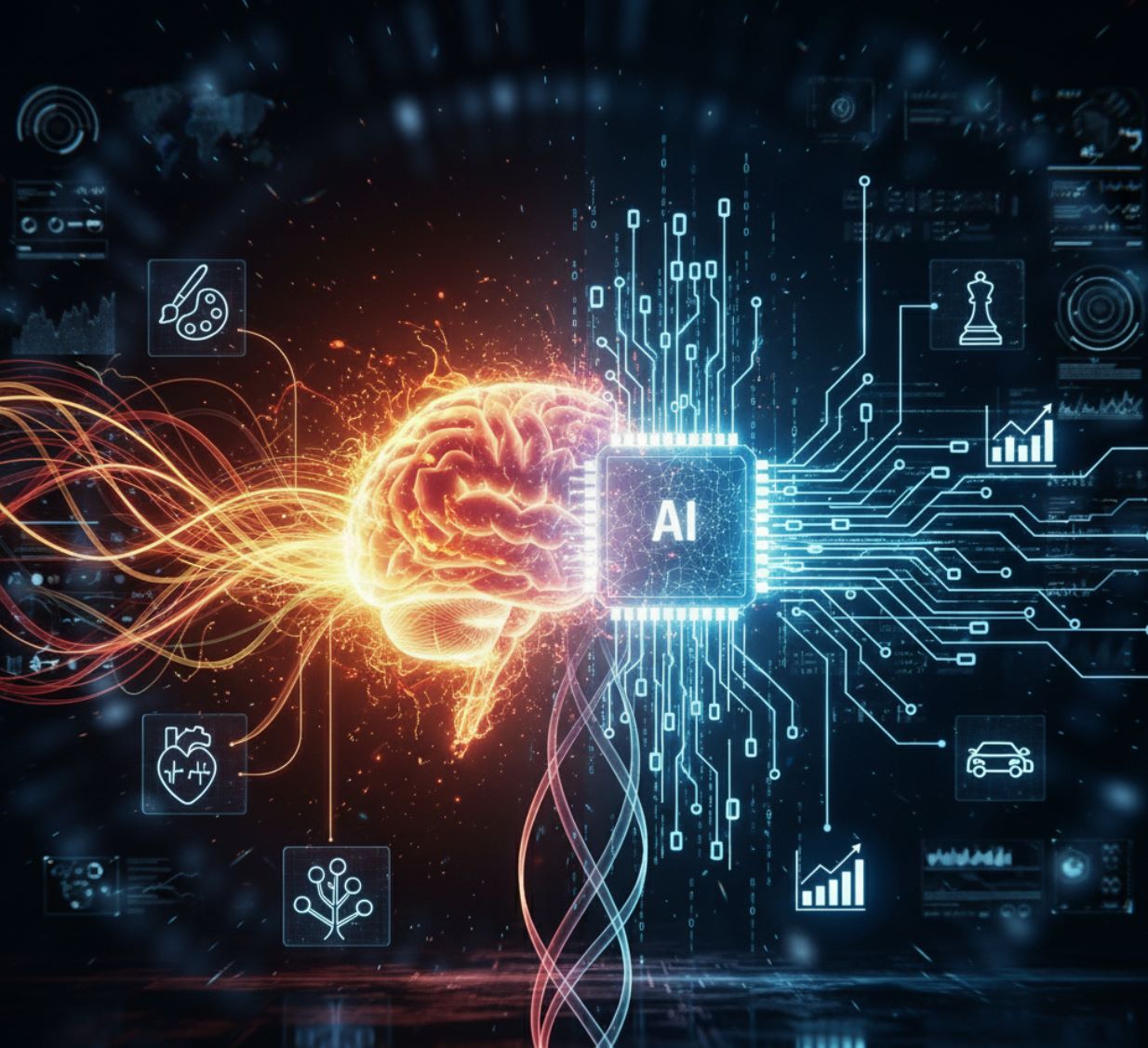
The Future: Cooperation, Not Competition
Looking ahead, most researchers envision human–AI collaboration. AI continues to advance (for instance, large language models now show aspects of "theory of mind" in tests), but experts caution that these systems still lack genuine understanding.
Rather than asking which form of intelligence is superior, we should recognize how AI and human cognition can work together.
— Zhang's Analysis
AI Automation
AI can automate routine data tasks and suggest solutions based on pattern analysis and vast data processing capabilities.
Human Oversight
Humans provide oversight, ethical judgment, creativity, and contextual understanding that AI cannot replicate.
Collaborative Decision
Final decisions combine AI insights with human wisdom, values, and emotional intelligence for optimal outcomes.
Current Applications of Human-AI Collaboration
Software Development
Education
Healthcare
In practice, many fields are already blending AI with human expertise. This synergy enhances productivity and creativity by leveraging the unique strengths of both forms of intelligence.
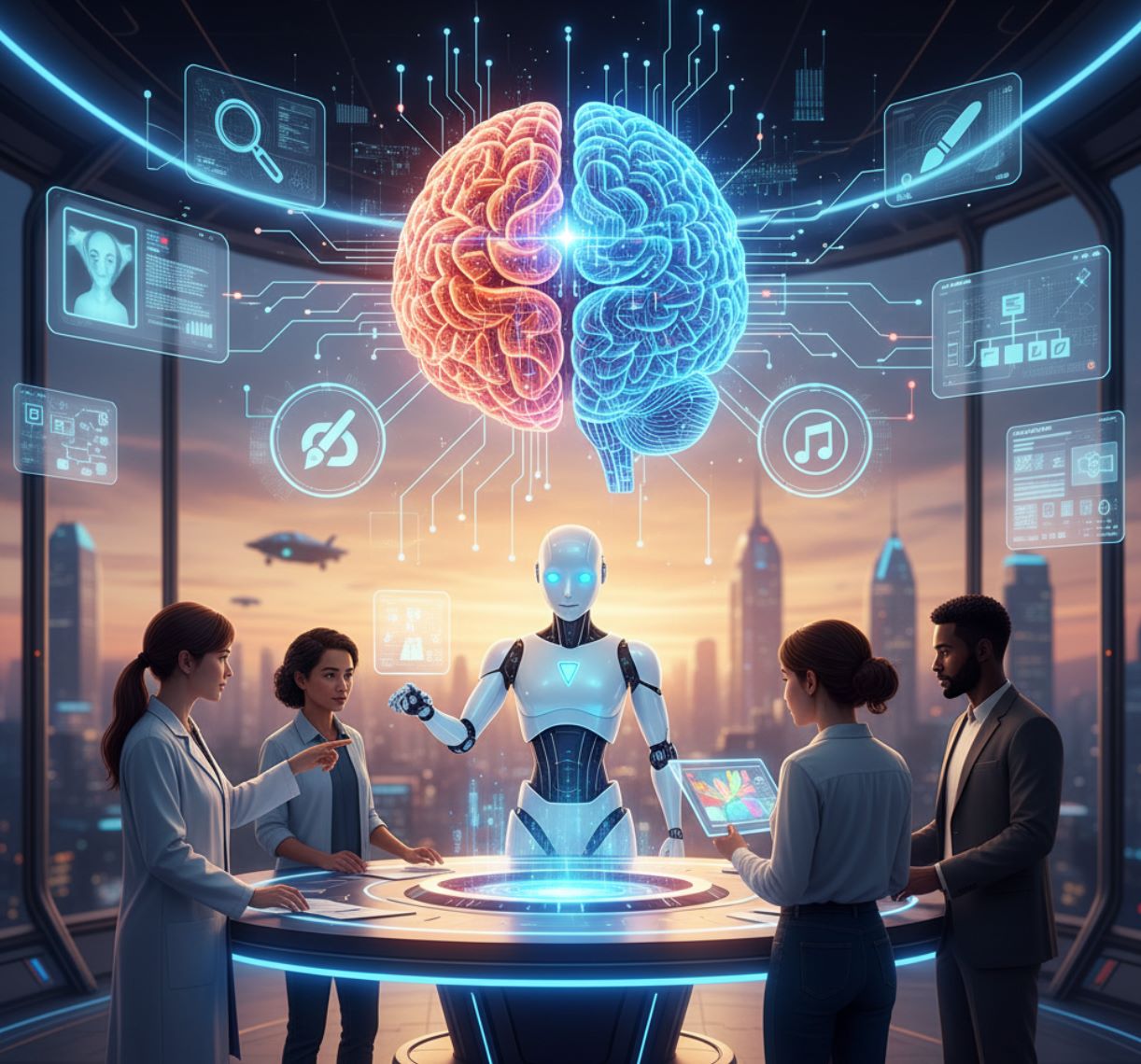
Conclusion: The Collaborative Future
The future of intelligence is collaborative, where AI enhances human capabilities, and humans guide AI with our emotional depth and creative thinking.
— Intelligence Research




